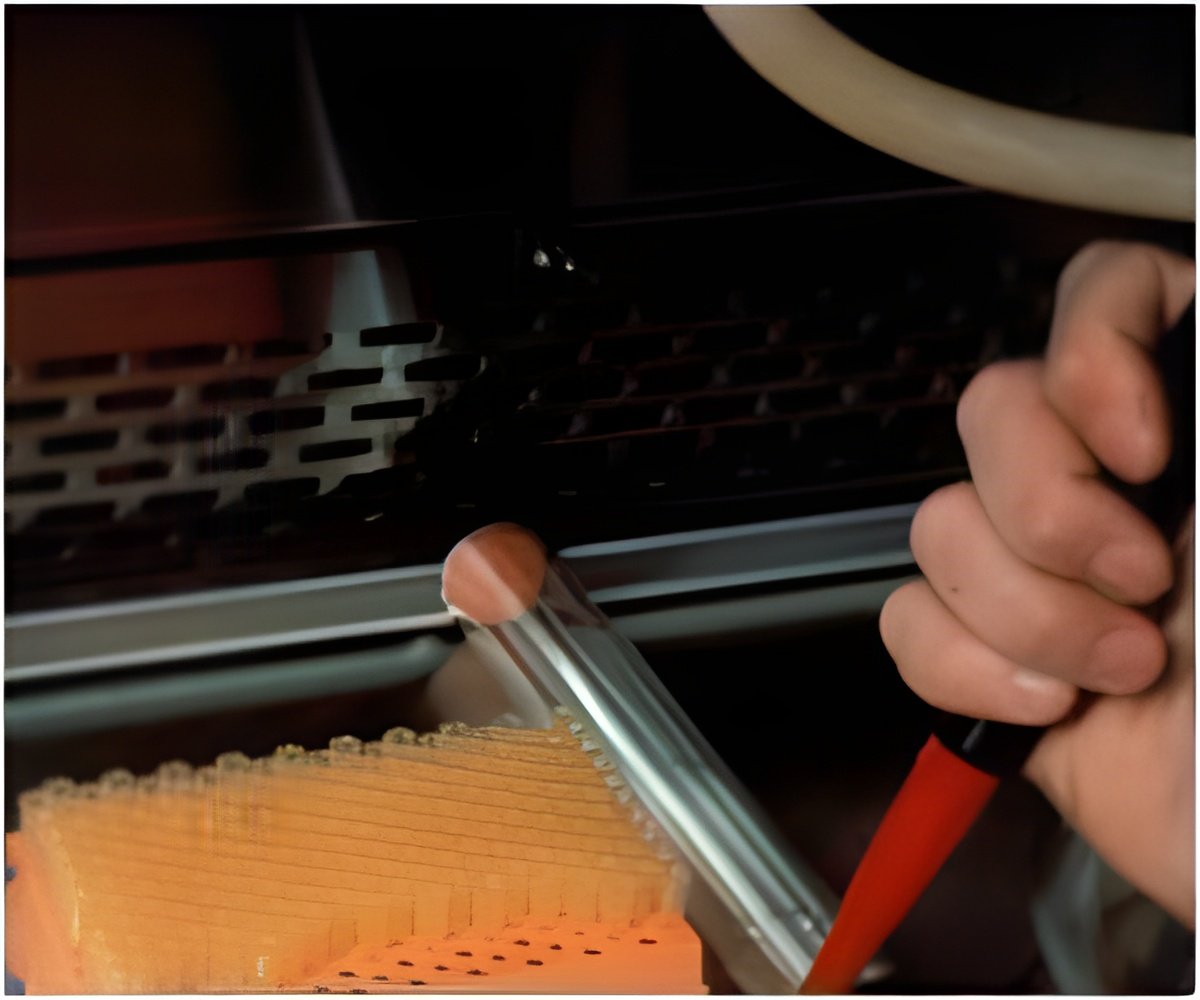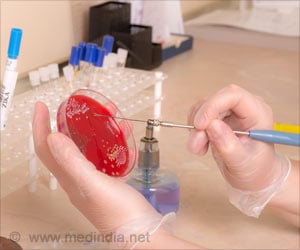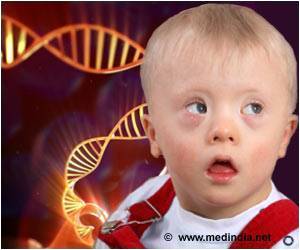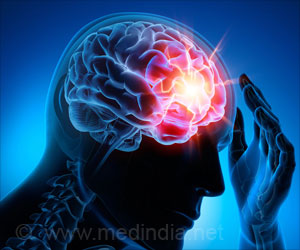When Dolly the cloned sheep was born 20 years ago on July 5, many hailed mankind's new-found mastery over DNA as a harbinger of medical miracles.

TOP INSIGHT
Experts say moral opposition to cloning as a means of reproduction, has clouded opinion on the technique's potential usefulness in regenerative medicine.
Somatic-cell nuclear transfer involves removing the DNA-containing nucleus of a cell other than an egg or sperm -- a skin cell, for example -- and implanting it into an unfertilised egg from which the nucleus has been removed.
In Dolly's case, the gene-encoding cell was taken from a mammary gland, which saw the ewe named for buxom country singer Dolly Parton.
Once transferred, the egg reprogrammes the mature DNA back to an embryonic state with the aid of an electric jolt, and starts dividing to form a single-parent embryo.
No human is known to ever have been created in this way.
Cloning as a human reproductive technique is a global no-no.
Investment in therapeutic cloning research has dwindled, and few countries -- among them Belgium, China, Israel, Japan, South Korea, Britain, Singapore -- allow the creation of embryos for experimentation. In the United States it is not explicitly illegal.
In therapeutic cloning, scientists harvest stem cells from a very early-stage embryo -- called a blastocyst -- a hollow ball of about 100-200 cells.
Coaxing these "blank", juvenile cells into specialized liver or blood cells, for example, holds the promise of curing disease or repairing damaged organs.
If grown from the patient's own DNA, the risk of transplant rejection is dramatically lowered.
But producing stem cells this way involves destroying embryos, another moral quagmire.
And while a handful of scientists have succeeded in creating stem cells through SCNT, none have been grown into a functional human organ.
- 'Human cloning will disappear' -
Cloning may not have found a direct application in medicine, but it has yielded many spinoff technologies, experts say.
"The whole field has moved to IPS cell research," pointed out Julian Savulescu, who heads Oxford University's Uehiro Centre for Practical Ethics.
Induced pluripotent (IP) stem cells are created by stimulating mature, already specialized, cells back into a juvenile state -- basically cloning without the need for an embryo.
The Nobel-capped discovery is the new focus in regenerative medicine focused, though the jury is out as to whether IP stem cells work as well as embryonic ones.
Another spinoff is mitochondrial gene transfer, a new way of planting parental DNA into a healthy egg to create an embryo free of harmful mutations carried by the mother.
Aaron Levine, a bioethicist at Georgia Tech, said that the biggest impact of cloning on human health is likely to come from animals raised to produce organs, tissue or biological drugs that will not be rejected by the human immune system.
"I think human cloning will disappear," he said.
"I think there's just not ultimately enough demand, not enough that you can do through cloning that you can't do through other things."
Source-AFP
 MEDINDIA
MEDINDIA




 Email
Email






